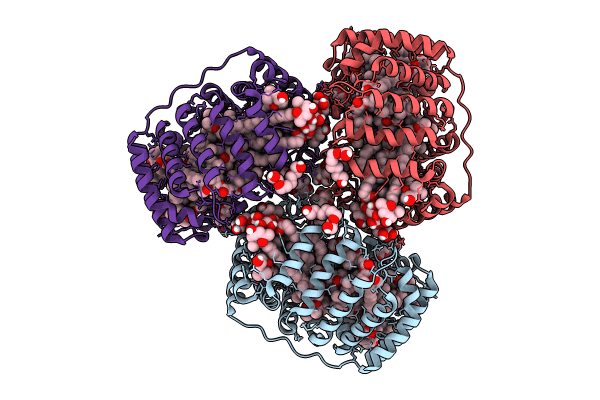
Deposition Date
2023-04-25
Release Date
2024-05-15
Last Version Date
2024-10-16
Entry Detail
PDB ID:
8OV5
Keywords:
Title:
PERIDININ-CHLOROPHYLL-PROTEIN OF AMPHIDINIUM CARTERAE, 100K
Biological Source:
Source Organism:
Amphidinium carterae (Taxon ID: 2961)
Host Organism:
Method Details:
Experimental Method:
Resolution:
1.15 Å
R-Value Free:
0.15
R-Value Work:
0.14
R-Value Observed:
0.14
Space Group:
C 1 2 1


